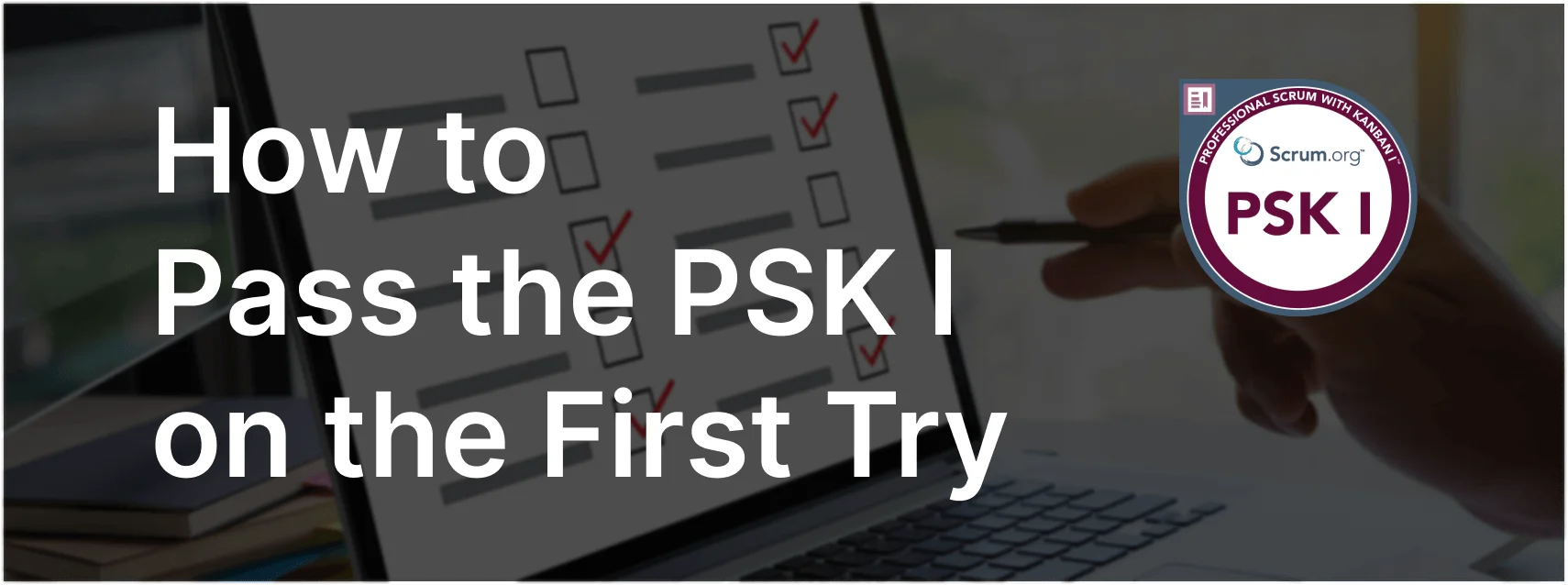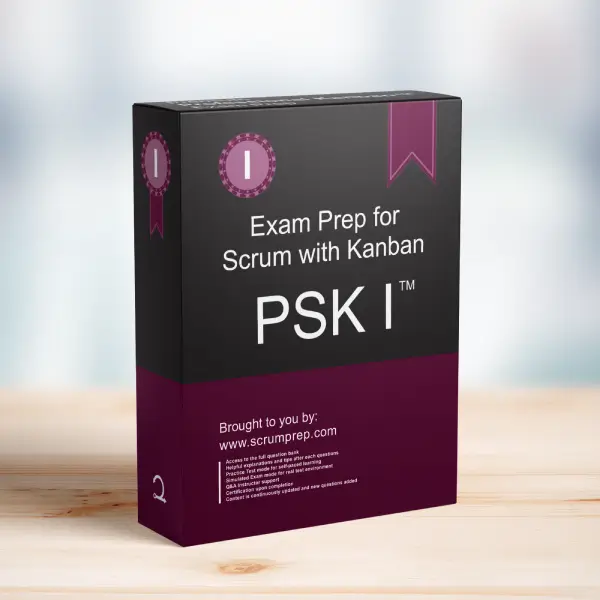Considerations for Sprint Retrospective with Kanban Supplementation
When a Scrum team decides to supplement their Scrum framework with Kanban practices, the Sprint Retrospective becomes an important event to review and adapt their processes and practices.
Exam Question
What might be considered during the Sprint Retrospective once a team decides to supplement their Scrum with Kanban?
(choose the best answer)
A. Workflow.
B. Current policies.
C. WIP Limit.
D. Metrics and charts such as Cumulative Flow Diagram, Cycle Time Scatterplot, and Work Item Aging.
E. All of the answers.
Correct Answer
E. All of the answers.
Explanation
Correct Answer
E. All of the answers:
When a Scrum team incorporates Kanban practices, they should consider all aspects of their workflow, current policies, WIP limits, and relevant metrics and charts during the Sprint Retrospective. This holistic approach helps ensure that the integration of Kanban practices is effective and supports continuous improvement.
Key Considerations
A. Workflow:
Reviewing the workflow helps the team identify bottlenecks, inefficiencies, and opportunities for improvement. Visualizing the flow of work can highlight areas where the team can enhance their processes.
B. Current Policies:
Examining current policies ensures that they align with the new Kanban practices. Policies may need to be updated or adjusted to better support the flow of work and the team’s goals.
C. WIP Limit:
Setting and adjusting Work in Progress (WIP) limits is crucial for managing the team’s workload and preventing overcommitment. The team should review their WIP limits regularly to ensure they are effective and make adjustments as needed.
D. Metrics and Charts:
Utilizing metrics and charts such as the Cumulative Flow Diagram, Cycle Time Scatterplot, and Work Item Aging provides valuable insights into the team’s performance. These tools help the team analyze their workflow, track progress, and identify areas for improvement.
Importance of a Comprehensive Review
- Continuous Improvement: Regularly reviewing all aspects of the team’s workflow, policies, WIP limits, and metrics ensures continuous improvement and adaptation.
- Alignment: Ensuring that all elements are aligned with the team’s goals and Kanban practices helps maintain focus and direction.
- Data-Driven Decisions: Using metrics and charts allows the team to make informed, data-driven decisions to enhance their processes.
Effective Practices for Sprint Retrospectives
- Collaborative Discussion: Engage the entire team in discussions about the workflow, policies, WIP limits, and metrics to gather diverse perspectives and insights.
- Actionable Feedback: Identify specific actions based on the review to implement improvements in the next Sprint.
- Regular Monitoring: Continuously monitor and review these elements to ensure ongoing alignment and improvement.
Relevance to the PSK I Exam
Understanding the comprehensive review process during Sprint Retrospectives when supplementing Scrum with Kanban is crucial for the PSK I exam. It demonstrates knowledge of integrating Kanban practices into Scrum and using data to drive improvements.
Key Takeaways
- A comprehensive review during the Sprint Retrospective should include the workflow, current policies, WIP limits, and relevant metrics and charts.
- This holistic approach ensures continuous improvement, alignment with goals, and data-driven decision-making.
- Regular monitoring and collaborative discussions help maintain focus and direction.
Conclusion
When supplementing Scrum with Kanban, a thorough review of workflow, policies, WIP limits, and metrics during the Sprint Retrospective is essential for continuous improvement and effective integration of Kanban practices. For more information on preparing for the PSK I exam, visit our Professional Kanban PSK I™ Exam Prep.



